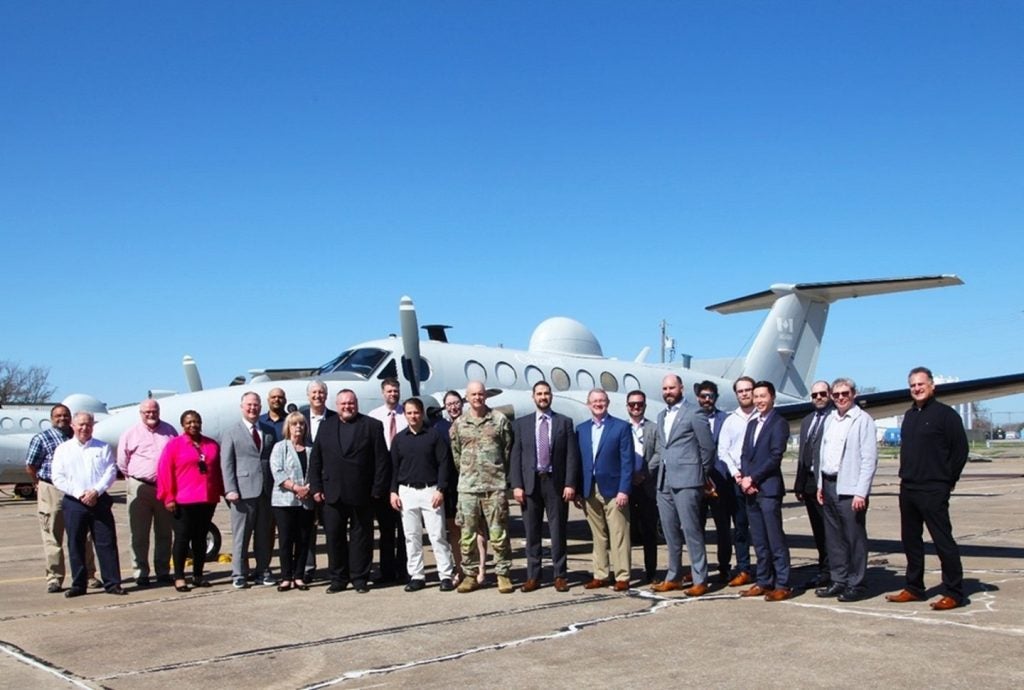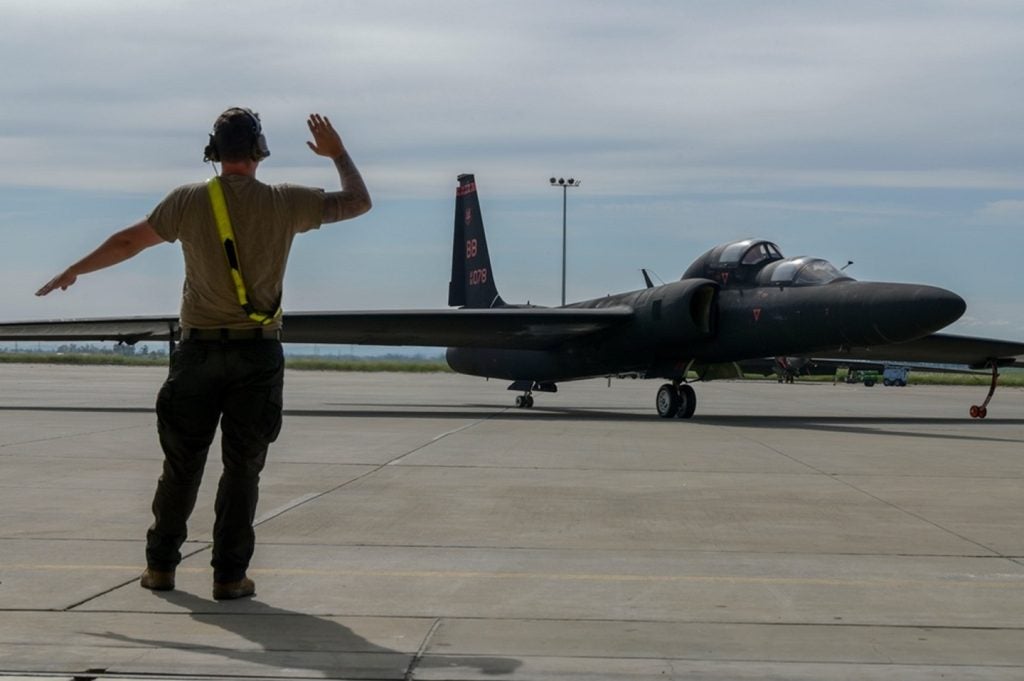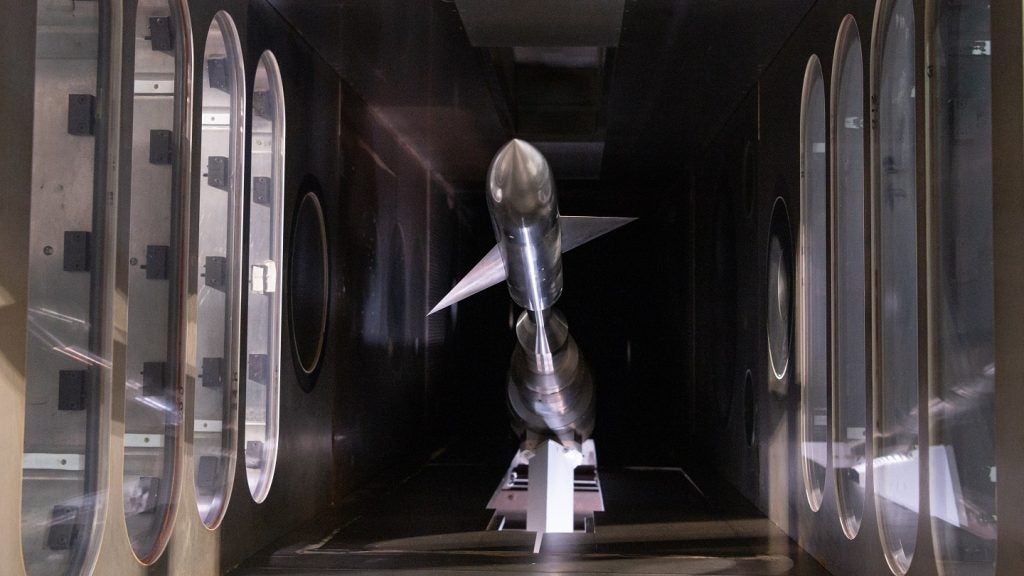The US Air Force and Navy will collaborate to increase broad area maritime surveillance (BAMS) unmanned aircraft systems (UAS) and the RQ-4 Global Hawk system.
Under the memorandum of agreement (MOA), a synergies working group will be established to identify synergies in basing, maintenance, aircraft command and control, training, logistics and data requirements commonalities.
Air Force Lt Gen David Deptula said the two services would achieve synergy in personnel, equipment and training while reducing overall cost to the Department of Defense.
“The result of this integrated approach will be greater capacity for quick, reliable and sustainable ISR for combatant commanders,” he said.
The agreement will allow BAMS UAS and Global Hawk programmes to look at options for joint navy and air force squadron organisations and joint basing in various theatres.
See Also:
Under the deal, the programmes will be subject to combatant commander approval where required, squadron-level consolidated maintenance facility, and joint aircraft command and control, and training.
How well do you really know your competitors?
Access the most comprehensive Company Profiles on the market, powered by GlobalData. Save hours of research. Gain competitive edge.

Thank you!
Your download email will arrive shortly
Not ready to buy yet? Download a free sample
We are confident about the unique quality of our Company Profiles. However, we want you to make the most beneficial decision for your business, so we offer a free sample that you can download by submitting the below form
By GlobalDataThe BAMS UAS programme, expected to begin operation in 2015, will be a forward-deployed, land-based, remotely operated system for a persistent maritime ISR capability.







